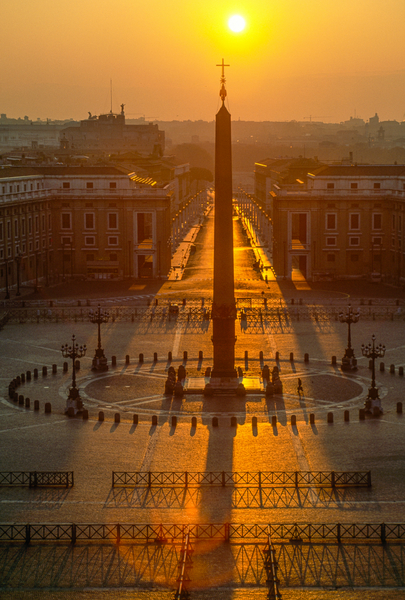Your selection
Clear selectionLeave the work to our dedicated Account Managers.
 Item added to cart
Item added to cart
Find Your Perfect Match The top results are exact matches, while the rest are visually similar images curated from our archive.
Drag file here
Upload
Processing search results
Waiting for update..
Error:
Searching for a particular field
| Field | Search term | Example |
| Asset title | title: | title:pony |
| Asset title and keywords | ~ | ~pony |
| Asset description text | description: | description:london |
| Agency prefix | prfx: or $ | prfx:lal or $LAL |
| Asset id | imageid: or # | imageid:250297 or imageid:[2500 TO 4000] or #1551 |
| Agency name | coll: | coll:history |
| Medium | medium: | medium:oil |
| Century | century: | century:20th |
| Keywords | kw: | kw:dog |
| Artist name | artist: or ? | artist:monet or ?monet |
| Artist nationality | nat: | nat:French |
| Creator ID | creatorid: | creatorid:37 |
| Location | loc: or @ | loc:exeter or @exeter |
| Classification | class: | class:57 or #57. Use # for unclassified assets |
| Year | year: | year:1850 or year:[1700 TO 1800] |










Pompeii, a Roman city located near modern Naples, Italy, was tragically destroyed by the eruption of Mount Vesuvius in 79 AD. The people of Pompeii were a diverse community of approximately 11,000 inhabitants, including wealthy merchants, artisans, and slaves. Through archaeological excavations, we have gained insight into their daily lives, beliefs, and social structures. The preserved remains of Pompeii's people provide a haunting glimpse into the past, frozen in time by the volcanic ash.
View lightbox →




The Economic Miracle, also known as the Wirtschaftswunder, refers to the rapid and sustained economic growth experienced by West Germany in the years following World War II. This period of prosperity, from the late 1940s to the early 1960s, saw a dramatic increase in industrial production, exports, and living standards. The Economic Miracle was driven by factors such as the Marshall Plan, currency reform, and technological advancements. This unprecedented growth transformed West Germany into a leading global economic power.
View lightbox →




The Unification of Italy, also known as the Risorgimento, refers to the political and social movement that led to the consolidation of the various states on the Italian peninsula into the Kingdom of Italy in the 19th century. Spearheaded by figures such as Giuseppe Garibaldi and Count Camillo di Cavour, this process of unification aimed to create a unified Italian nation-state and break free from foreign domination. The Risorgimento played a crucial role in shaping modern Italy's political landscape.
View lightbox →









We partner with the world's leading museums, galleries and artists, so you have access to the highest-quality imagery.

Our teams can help you find the perfect content and take care of all of the copyright and licensing requirements.

Bridgeman Images
17-19 Garway Road
London, W2 4PH
United Kingdom
T: +44 (0)20 7727 4065
© Copyright 2025 Bridgeman Art Library Limited. Registered in England and Wales as company number 01056394.